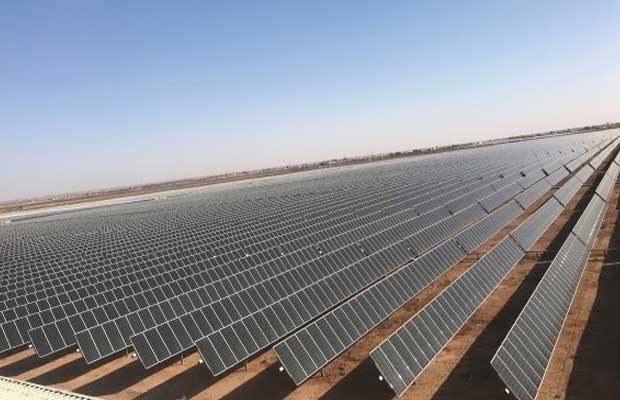

In 2003 the country produced and consumed an estimated 390 million cubic meters of natural gas.

Jordan was estimated to have only modest natural gas reserves (about 6 billion cubic meters in 2002), but new estimates suggest a much higher total. Natural gas is increasingly being used to fulfill the country’s domestic energy needs, especially with regard to electricity generation. Jordan historical electricity supply by source and year Natural gas Primary energy use in Jordan was, in 2009, 87 TWh and 15 TWh per million persons and, in 2008, 82 TWh and 14 TWh/million persons. Moreover, multiple attacks on the Arab Gas Pipeline from 2011-2014 which supplies 88% of the country's electricity generation needs - forced the country’s power plants onto diesel and heavy fuel oil, costing the treasury millions of dinars and pushing the national energy bill to record highs, over JD4 billion. To further address these problems, the National Energy Strategy for 2007-2020 was created which projects to boost reliance on domestic energy sources from 4 per cent to 40 per cent by the end of the decade.

This led the country to plan investments of $15 billion in renewable and nuclear energy. This complete reliance on foreign oil imports consumes a significant amount of Jordan's GDP. Jordan is among the highest in the world in dependency on foreign energy sources, with 96% of the country's energy needs coming from imported oil and natural gas from neighboring Middle Eastern countries. Part of a series onĮnergy in Jordan describes energy and electricity production, consumption and import in Jordan. Location of the Hashemite Kingdom of Jordan.


 0 kommentar(er)
0 kommentar(er)
